
The Mediterranean, immortalised by Frédéric Boissonnas
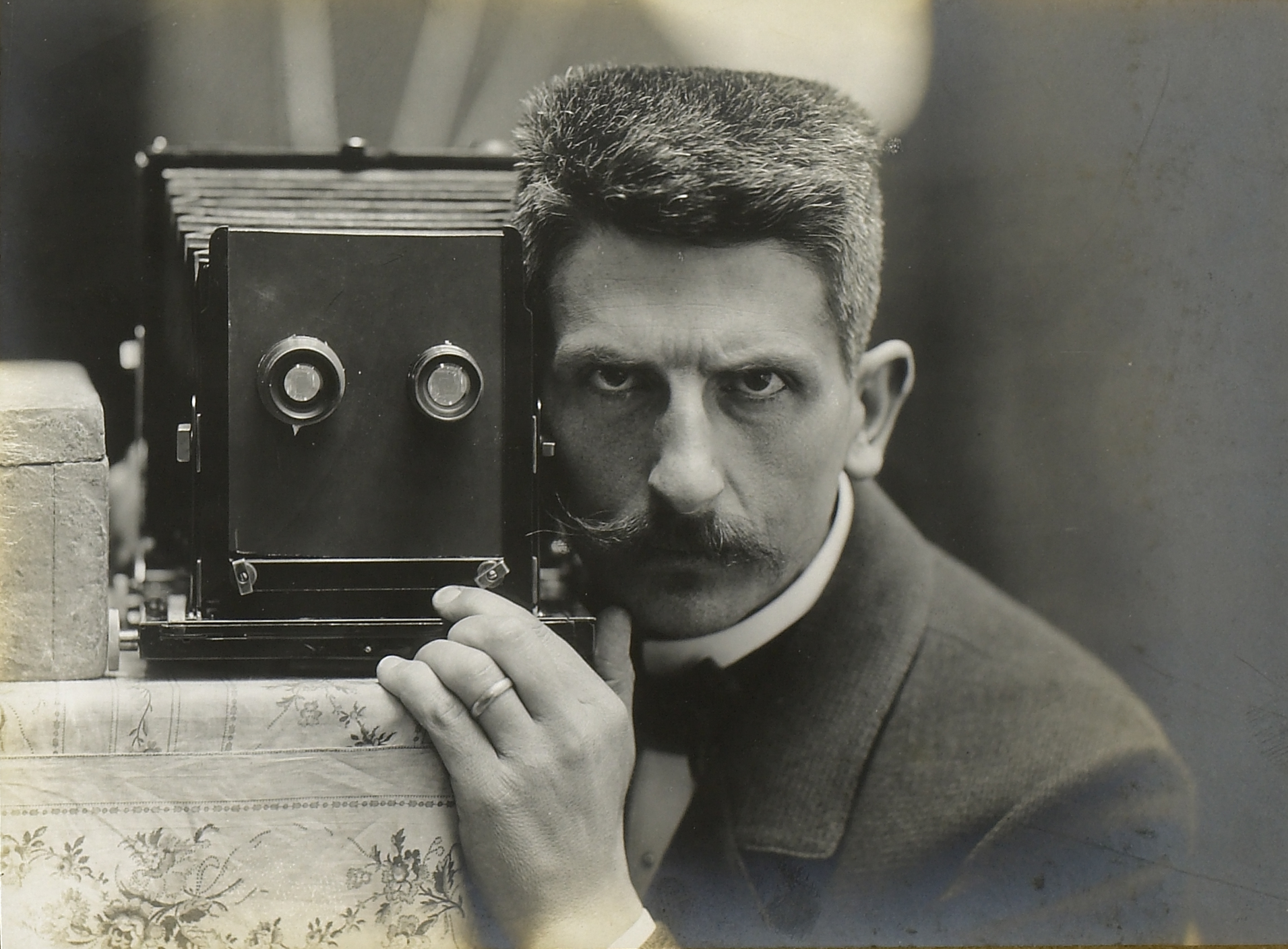
A century ago, Swiss photographer Frédéric Boissonnas travelled in the footsteps of Odysseus, who spent ten years battling the Mediterranean. An exhibition in Geneva now commemorates his journey and works.
The essence is in the name: the Mediterranean lies in the middle, between different worlds; it’s a passage that connects as much as it divides. Greek poet Homer created an epic monument to the Mediterranean in the Odyssey, a story which still retains its force today. The hero’s journey through the vastness of the sea is also an odyssey through the vastness of the soul. One has to fight to return to the safe haven of home.
Western cultural history is inextricably linked with the Mediterranean. An exhibition at the Musée RathExternal link in Geneva, planned to run until January 31*, bears witness to this. “A Photographic Odyssey: Fred Boissonnas and the Mediterranean” traces the footsteps of the Geneva photographer who, a century ago, captured the blue infinity in a timeless way.
Frédéric Boissonnas (1858-1946) had already earned his spurs in Switzerland and was no longer a young man when he achieved international success. Coming from a family of photographers, he had taken over his father’s studio in Geneva and was known abroad when his career received a further boost thanks to trips to Greece and other Mediterranean countries.
Boissonnas attached great importance to careful and comprehensive preparations. Thanks to constant exchanges with scholars, artists and politicians, history and local self-perception was central to his work and he gained a unique insight into a country and its people.
In Greece his work was also highly valued by politicians, who used it to enhance the country’s image abroad. This was at a time when Greece was trying to enlarge its national territory using an expansionist policy. They wanted Boissonnas to capture – photographically – their new territories, which, from a Greek point of view, had been “liberated”. This resulted in numerous commissions for Boissonnas, who, despite his artistic fame, was plagued by financial worries throughout his life and had a family of nine to feed.
Boissonnas was also a mountain man. In Switzerland he had produced important works on the Valais Alps, and he was also well-known for his spectacular pictures of Mont Blanc. He later won additional fame in Greece when he undertook the first ascent of Mount Olympus in August 1913 with the Geneva painter Daniel Baud-Bovy and the Greek mountain guide Christos Kakkalos.
Boissonnas was later commissioned by Egyptian King Fuad I to celebrate Egypt’s newly won independence from Britain in 1922. The result was a series of images from the Sinai Peninsula, where he retraced in photographs the biblical exodus of the Israelites.

Here, too, the idea was that images of the relics would foster their resurrection in the modern age; the relatively new medium of photography was put to the service of state-building.
Boissonnas was greatly interested in so-called ordinary people: an ethnological view of the everyday life of those living in the shadow of the ruins of their ancestors was freed from prejudice and seemed to lend these inhabitants a special dignity.
Seascapes are also at the heart of the exhibition, from Gibraltar to the Greek islands and from Italy to North Africa. The role of the mythical Mediterranean in Boissonnas’ work is central to understanding his importance in the development of the then young medium of photography.
*Due to the Covid-19 pandemic, the Musée Rath will remain closed until further notice. The exhibition will run until the end of January; no decision has yet been taken on whether to extend it.
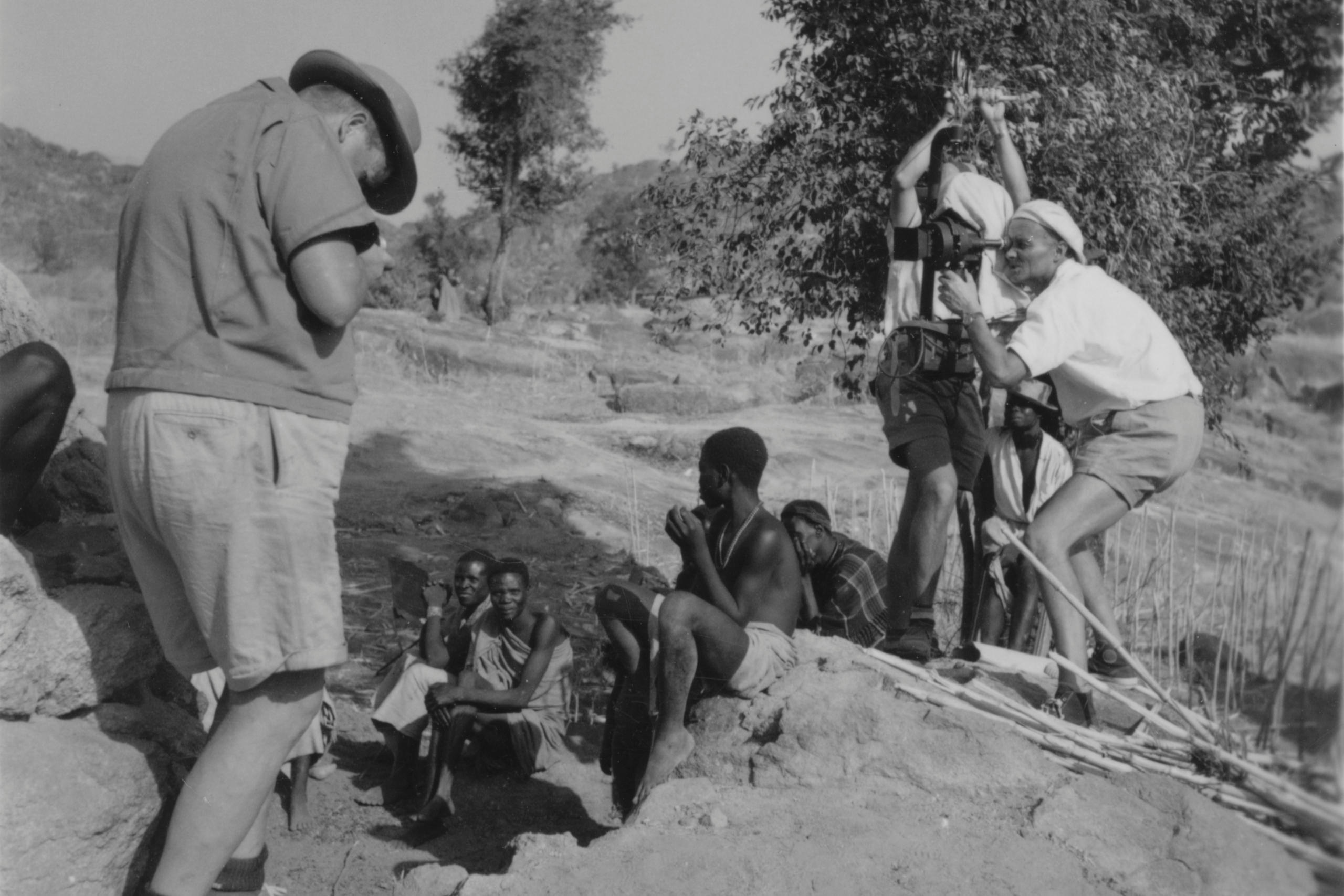
More
How René Gardi shaped Swiss views of Africa

In compliance with the JTI standards
More: SWI swissinfo.ch certified by the Journalism Trust Initiative





























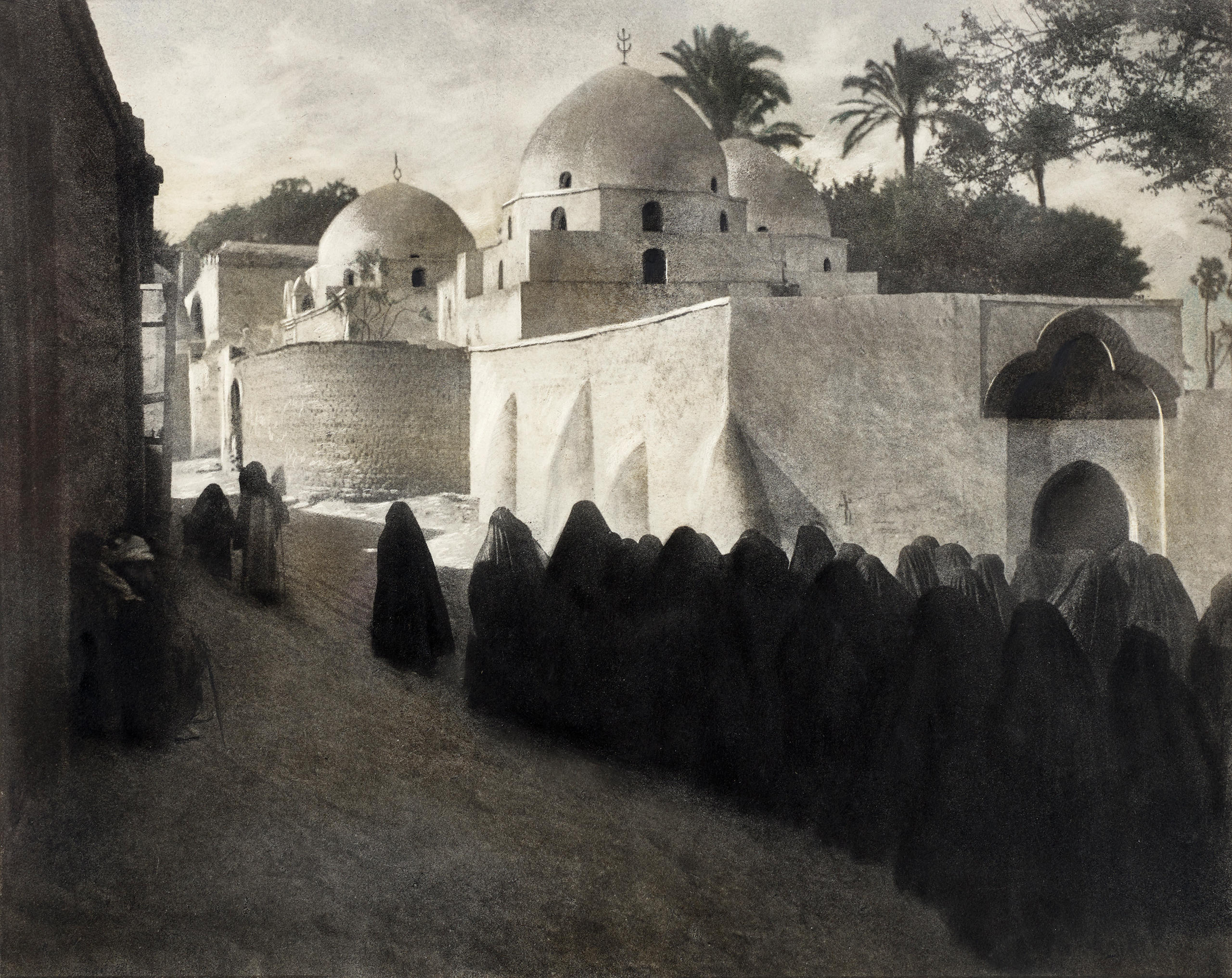


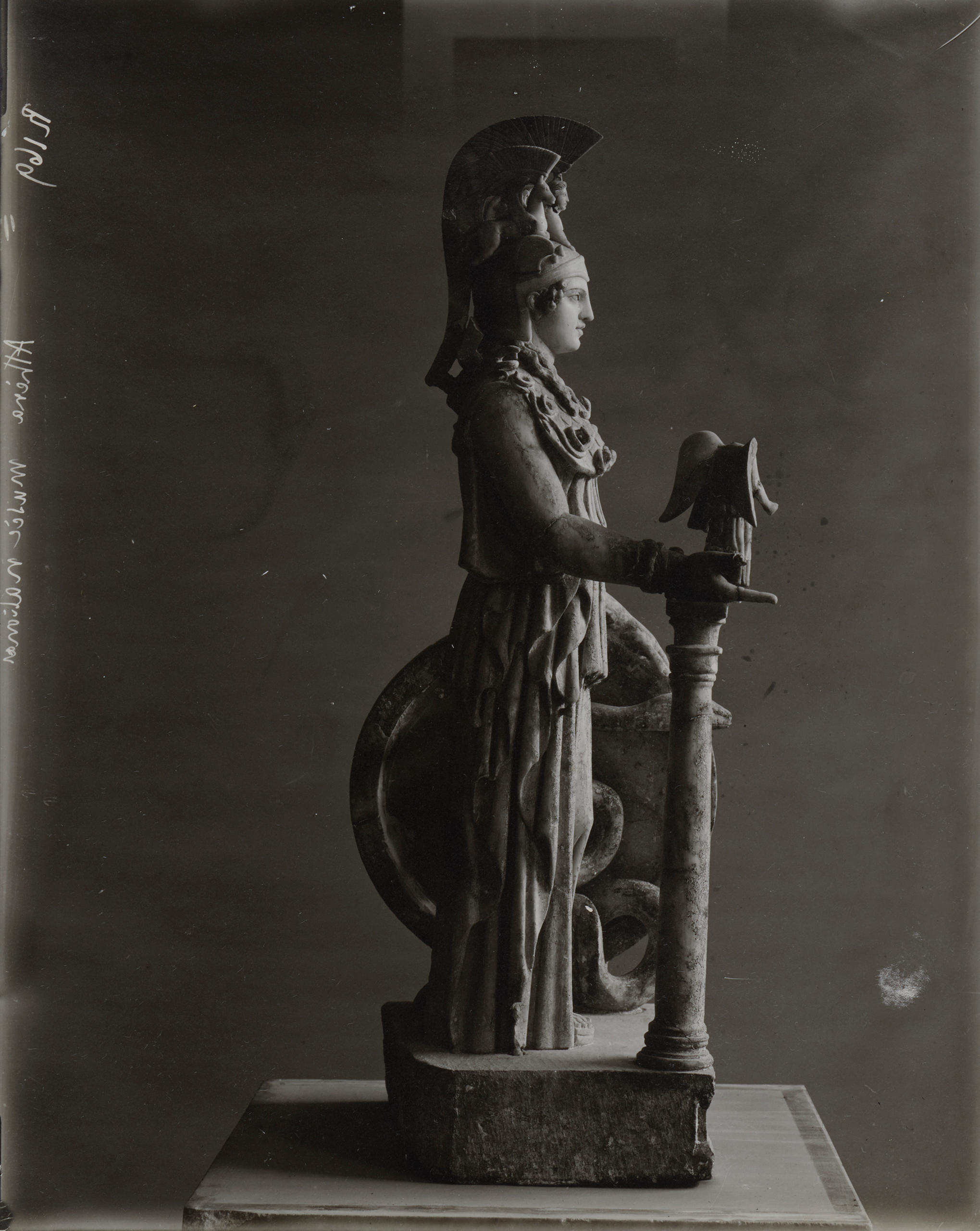
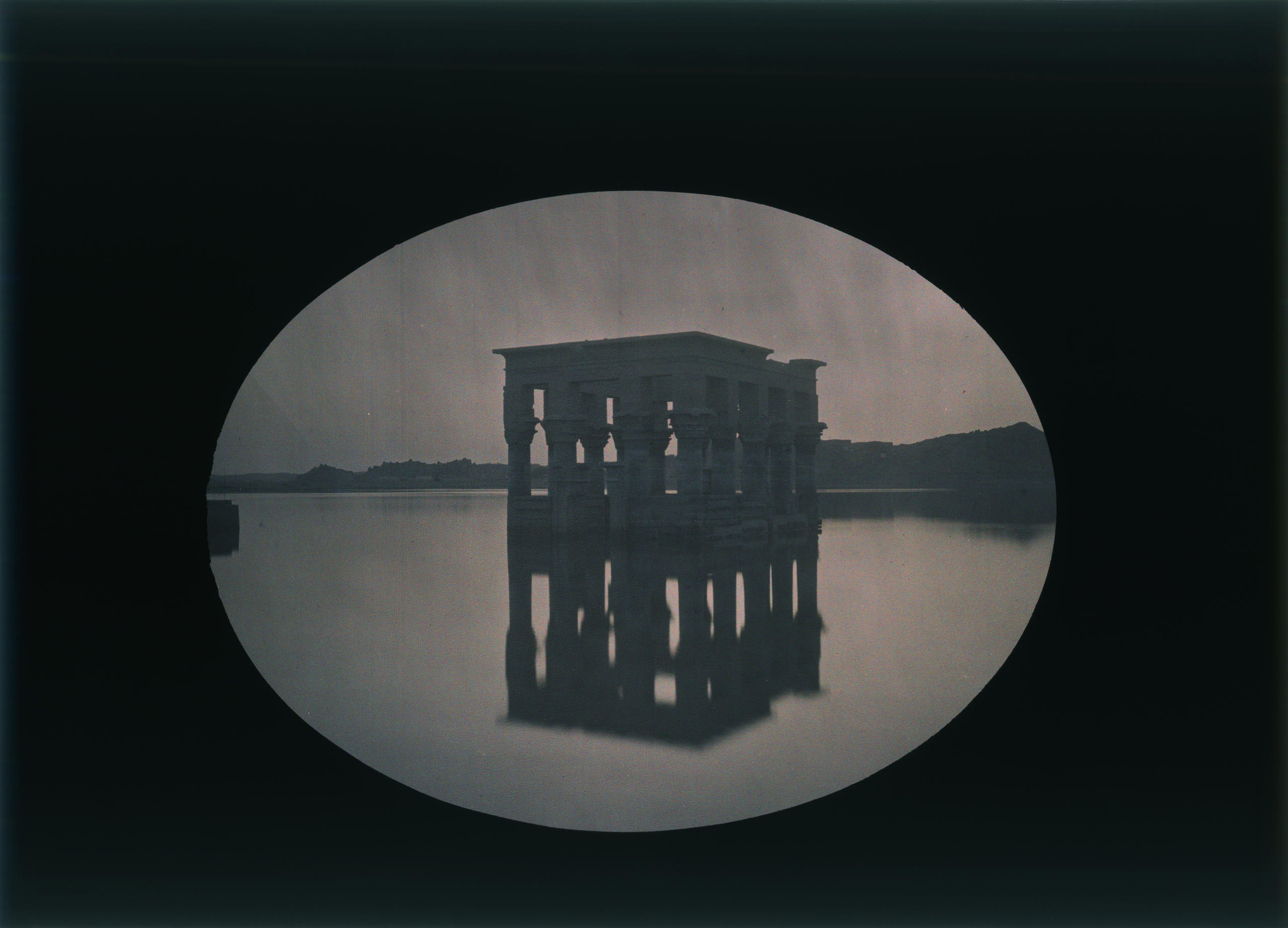

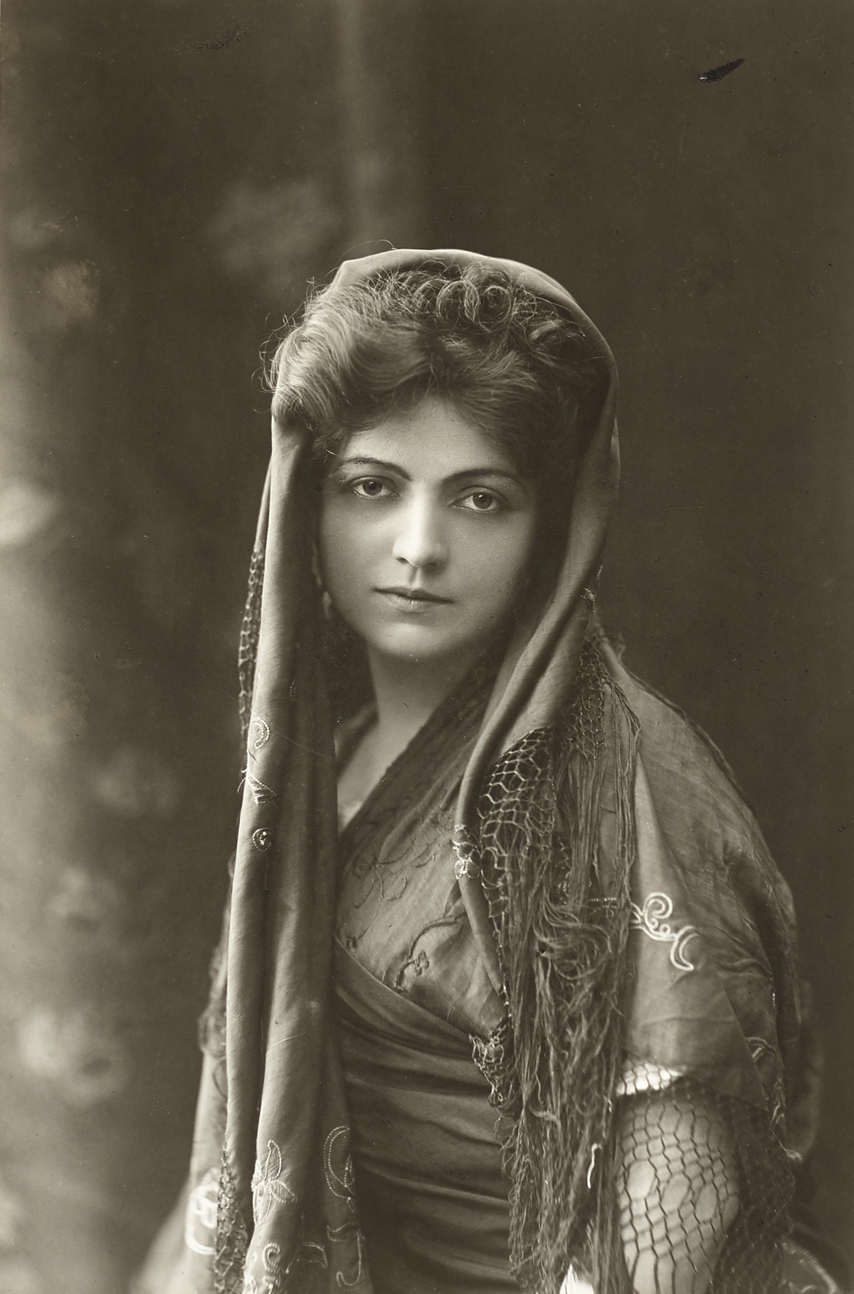
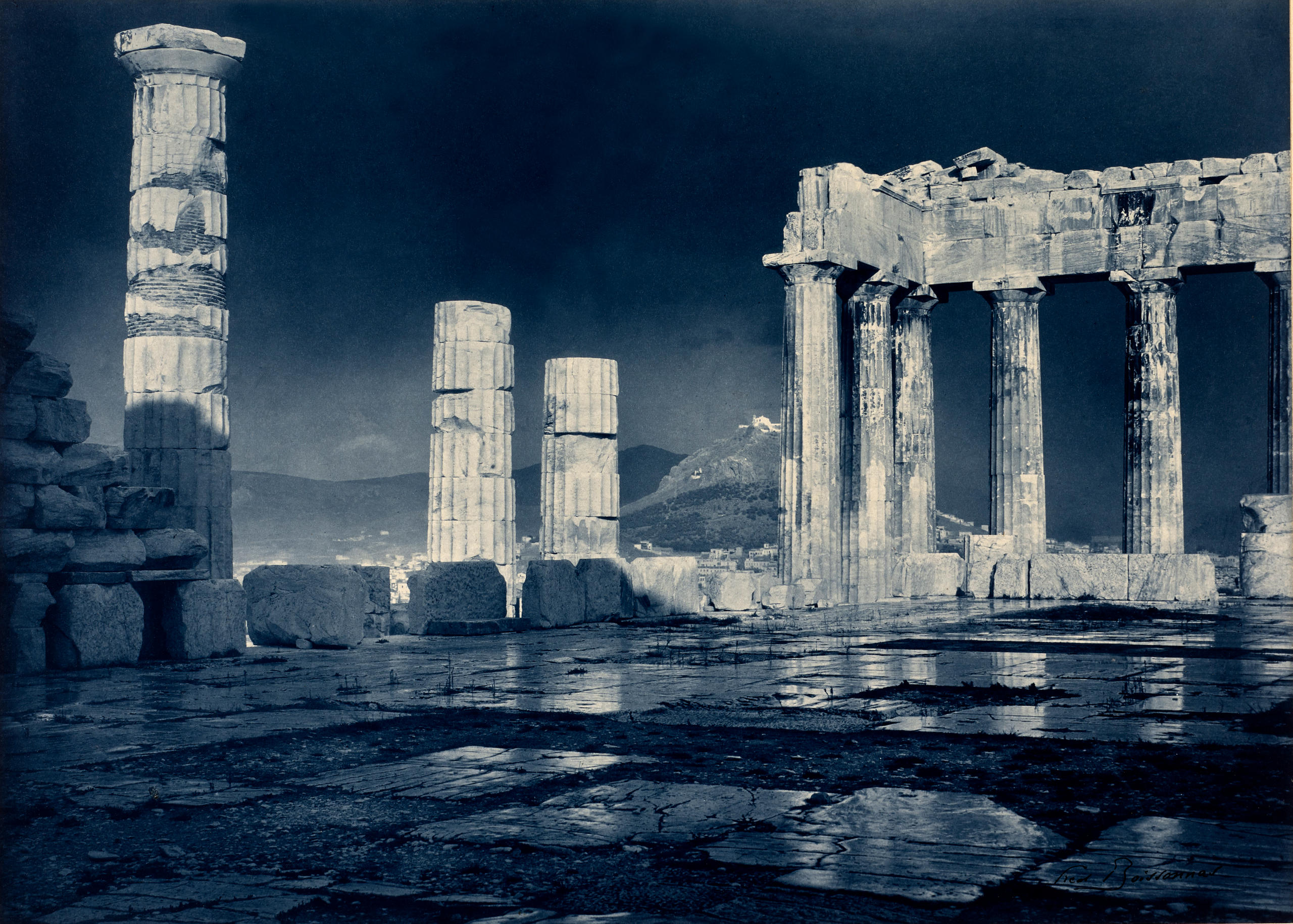



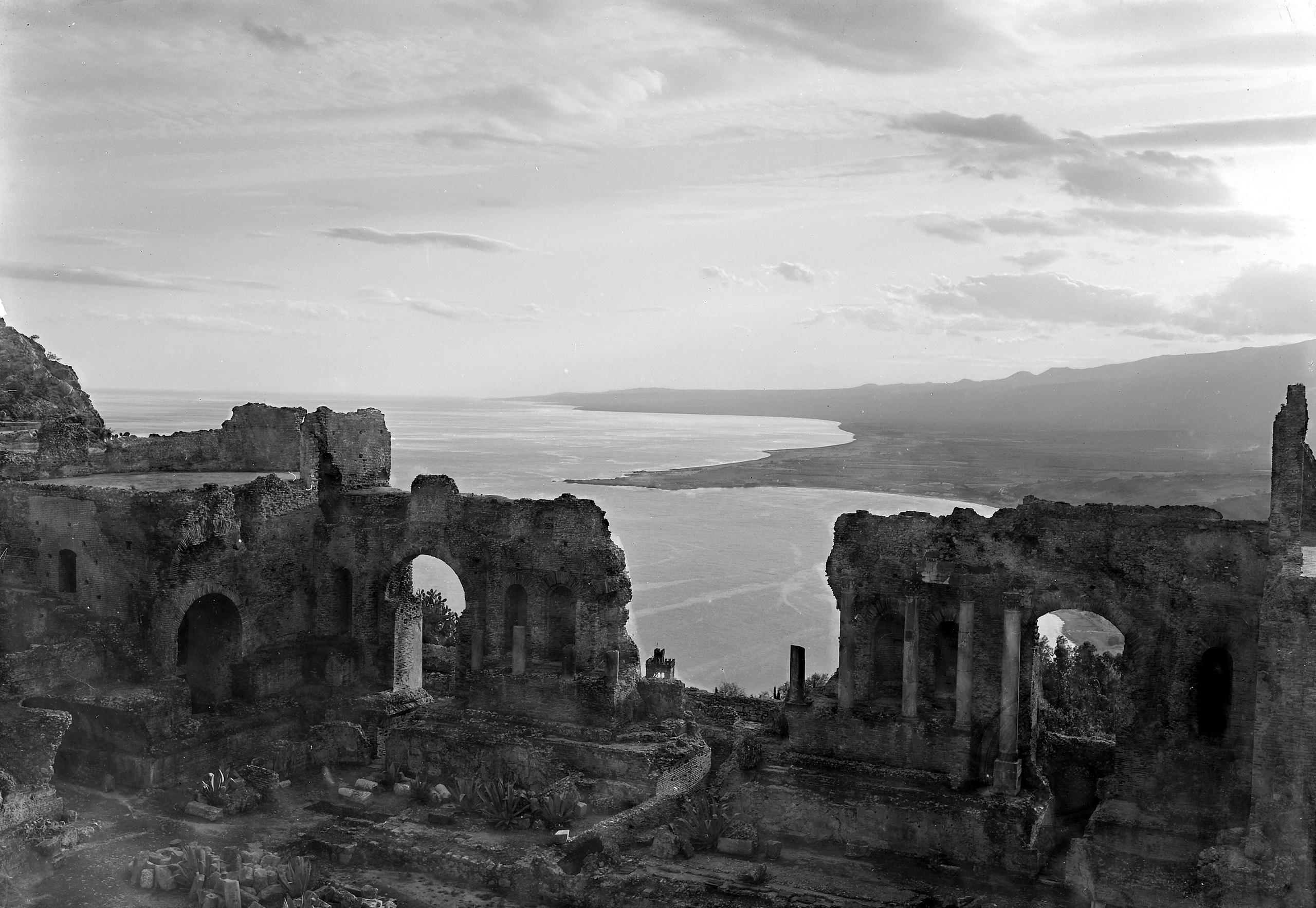

Join the conversation!